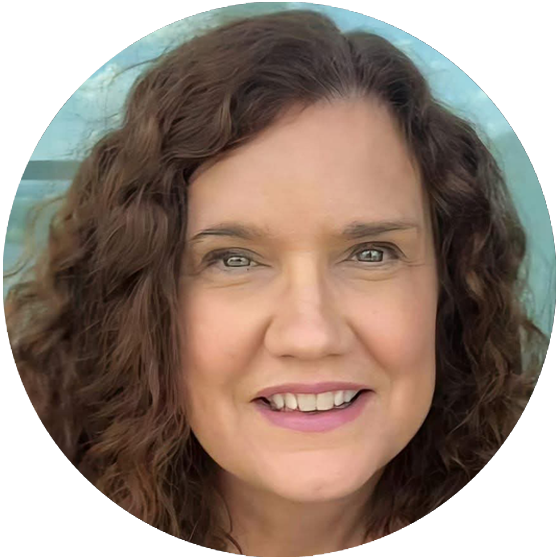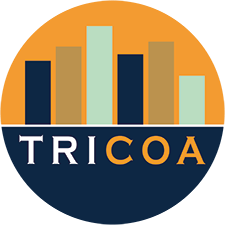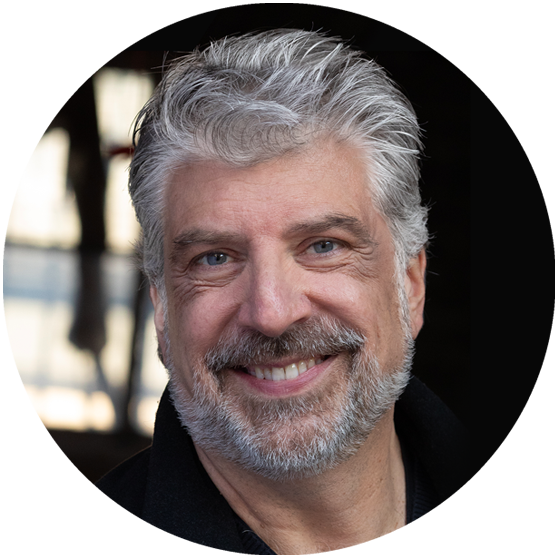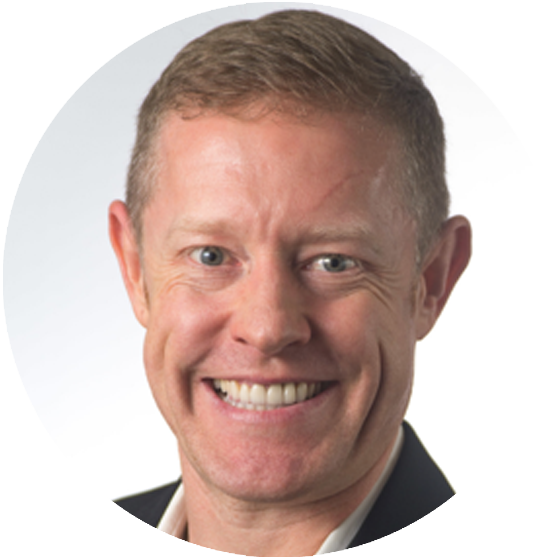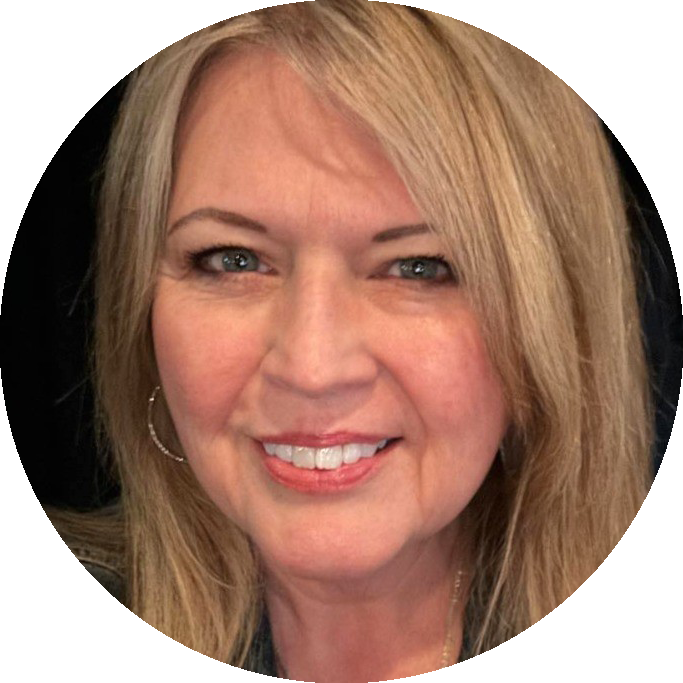Why We Built Thalocan:
The Forgotten Links in Dermatology Clinical Trials
Interview with Eric Zudak, CEO of Thalocan Research Innovations
by Ginger Claremohr, Claremohr Writing Co.


There’s a moment in every startup story when frustration turns into fuel. For Eric Zudak, founder of Thalocan Research Innovations, that moment came when a global pharmaceutical company called him in a panic just ten days before an investigator meeting. Their clinical trial training was missing one essential component: a way to teach doctors how to perform the primary assessment that would ultimately determine whether the drug succeeded or failed.
“It happened more than once,” Zudak says. “And every time, I thought, how is this still a problem? How does a top 10 pharma company end up here?”
That recurring question became the seed of Thalocan, a mission-driven company focused on improving how assessments are designed, trained, and executed, starting with dermatology. But the problem, as Zudak discovered, goes deeper than one missed deadline or one disorganized team. It’s systemic.
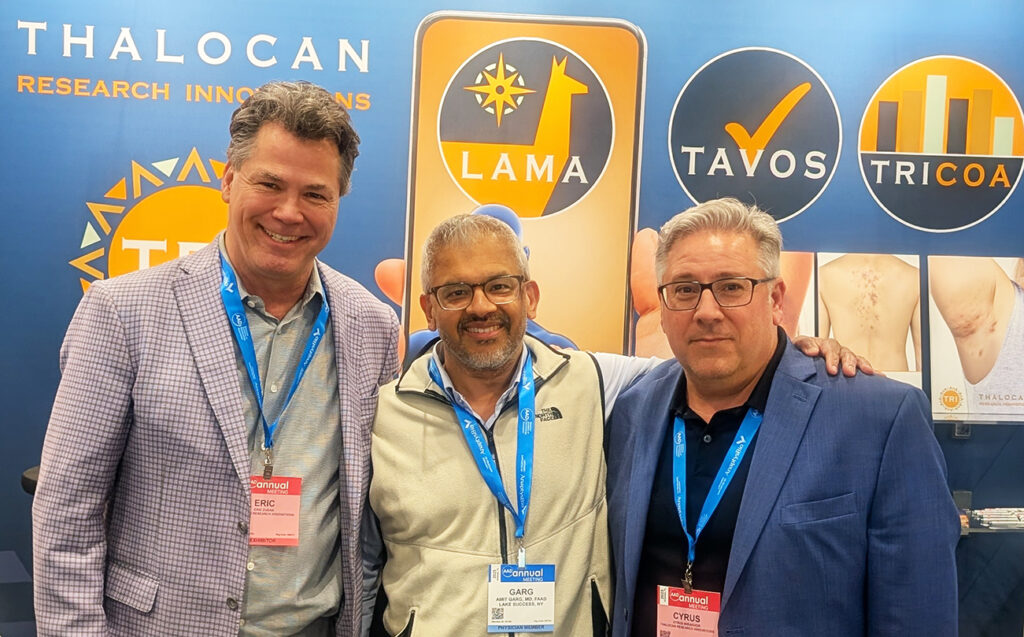
Where the Hand-Off Breaks Down
In the world of drug development, clinical operations teams often inherit tools and protocols from medical teams who’ve already shepherded a treatment through animal studies and early-phase trials. The expectation is that these tools, often complex rating scales like VASI (Vitiligo Area and Severity Index) or EASI (Eczema Area and Severity Index), can simply be handed off, trained out, and deployed.
The PASI (Psoriasis Area and Severity Index) had been supported by the GRAPPA organization and championed by Dr. Kristina Callis-Duffin, whose leadership helped standardize PASI training and make the process remarkably efficient. As a result, those working in related indications were often left with the false impression that high-quality training was readily available across the board.
But it’s not that simple.
“There’s a blind spot between medical development and operations,” says Zudak. “The ops teams think these scales have clear instructions and training ready to go. That they’ll be as straightforward as a GCP training or a lab kit. But they’re not.
They’re often developed for a specific study, so the landscape is confusing, inconsistent, and hard to train on at scale.”
In some cases, these rating scales are so misaligned that multiple variations exist for the same disease. For eczema alone, a review of clinicaltrials.gov revealed more than 40 distinct IGA scales used in studies. Each includes variations in instruction language and morphological descriptors, creating significant hurdles for study managers and assessment consistency. That situation inspired the development of the Validated IGA for Atopic Dermatitis (VIGA-AD™), a validation effort led by Fabio Nunes. Trifecta and Zudak supported the project, and it became a model for standardizing processes to untangle the rat’s nest of inconsistency and inefficiency.
A Name with Meaning
The company name Thalocan (pronounced TAH-low-kin) is itself a reflection of this mix of clarity and complexity. Derived from Zudak’s Los Angeles neighborhood of Toluca Lake, his 18-year tenure at Trifecta, and the Aztec myth of Tlalocan, the afterworld for those who died of disease or drowning.
“It felt appropriate,” he says, “because we’re dealing with people suffering from chronic, painful skin conditions. This is about healing, but also about honoring the complexity of the process.”
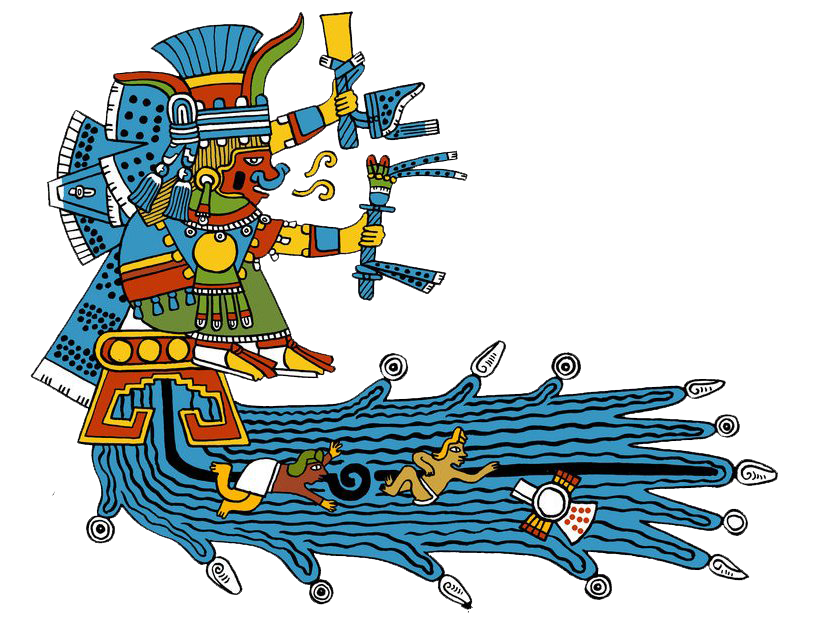
Dermatology, Disrupted
Thalocan is built around one guiding principle: simplify and standardize what’s broken but do it with empathy for everyone involved: study teams, physicians, and patients alike.
In dermatology, many of the most widely used assessment tools are what Zudak calls “index-style scales,” composite scores with wide numerical ranges and subjective components. Training physicians to use them consistently is a massive, often overlooked challenge. Worse, inconsistency in these assessments can directly affect trial outcomes, regulatory approval, and ultimately, patient access.
“The people who understand these challenges are the doctors and the medical teams at the sponsors,” Zudak explains. “They feel the pain, but global process improvement is not their priority. It can’t be.”
And yet, it’s not uncommon for site staff to receive outdated training materials or conflicting versions of assessment protocols. This is especially true in trials that span multiple countries, therapeutic areas, and timelines.
“You think you understand one rater scale, and then suddenly you’re working with a new one that uses a completely different
formula,” says Zudak. “Even experienced ops teams struggle with this. It’s not a matter of effort. It’s a matter of structure.”
He adds, “We started with Hidradenitis Suppurativa because of its extreme complexity and enormous unmet need. It’s one of the most challenging diseases to measure. Not exactly a comfortable starting point. But tackling the hardest problem first has a way of making everything else seem more manageable. It was the kind of challenge most teams steered clear of, and exactly why we took it on.” Partnering with Dr. Amit Garg and Dr. John Ingram on HS training offered key insights and a chance to develop technology that improves the experience for investigators and patients.
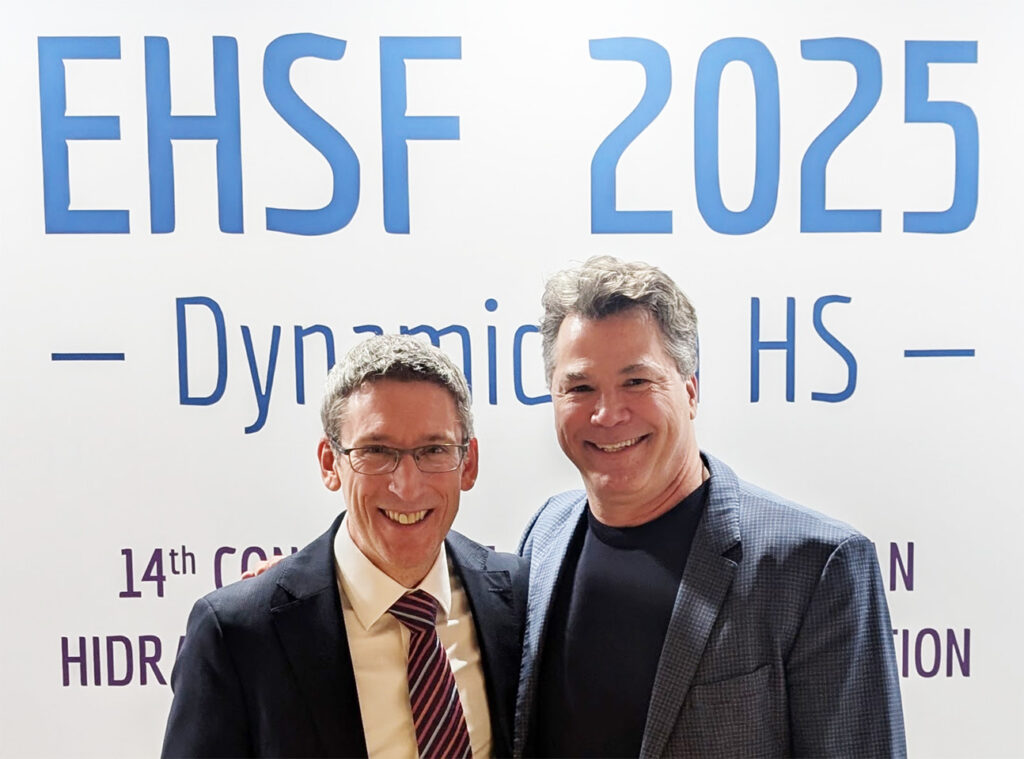
A Bias Toward Action
If Thalocan had a company motto, it might be: If you don’t know what to do, do something.
This “bias toward action” isn’t just lip service. When a top global pharmaceutical company needed a live-action training module for a myasthenia gravis assessment, outside of dermatology entirely, Thalocan delivered the full package in 30 days. Scripted, filmed, edited, and deployed.
“We don’t want to make a living doing things like that,” Zudak says. “But the point is, we can. And we will, if that’s what it takes to help the people we serve.”
That ethos of extreme customer service permeates everything Thalocan does, and it’s a key reason KOLs and industry leaders have been quick to engage with the new venture.
“I didn’t think people even remembered me,” Zudak says, reflecting on his reemergence after years at Trifecta. “But they did. Trifecta had a strong customer service mentality, and we were trusted.”
Purpose-Driven Products
To deliver on its mission, Thalocan developed three proprietary tools designed to eliminate friction in clinical trials:
- TAVOS (Thalocan Assessment Validation Online System) ensures assessment tools are not only scientifically sound but also easy to train and validate across diverse teams. It brings clarity to how assessments are interpreted and executed, improving both speed and consistency.
- LAMA (Lesion Area Mapping Assistant) simplifies how lesions are measured and tracked over time, reducing variability and saving precious time for clinicians and coordinators. It’s a game-changer in trials where precision is everything.
- TRICOA (Tri = Thalocan, COA = Clinical Outcome Assessments) is Thalocan’s modern spin on traditional eCOA systems. With “Tri” as a nod to Zudak’s past at Trifecta, TRICOA is built for today’s reality of clinicians recording assessments electronically on tablets or iPads but designed to fit within real-world operations without extra training or equipment.
These tools reflect the same mindset that drives the company itself: clarity, practicality, and a deep respect for the professionals who do the work.
The Heart of the Mission
Despite the technical complexity of Thalocan’s work, Zudak remains grounded in a simple truth: this business exists to help.
“At the end of the day,” he says, “our job is to make life easier for the people doing the work. Doctors, coordinators, patients.
We’re not here to complicate things. We’re here to solve the problems nobody else wanted to touch.”
And maybe that’s the difference. In an industry full of grand visions and high-tech promises, Thalocan is focused on the ground-level reality of clinical trials. It’s not glamorous work. But it’s necessary. And increasingly, it’s trusted.
Eric’s Thalocan Team

